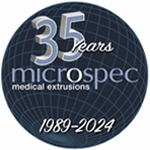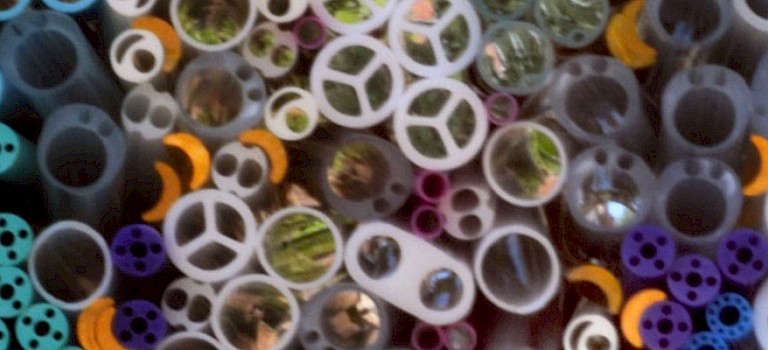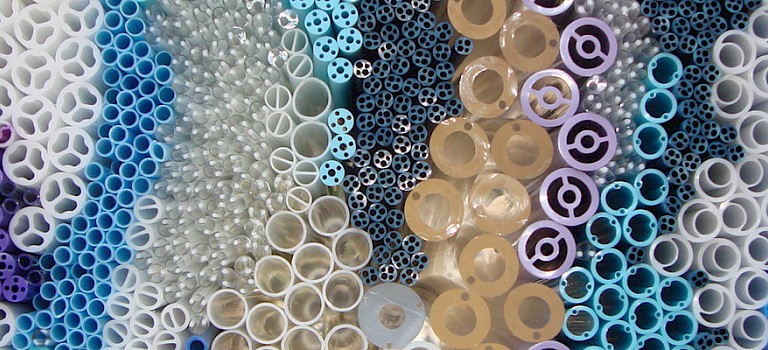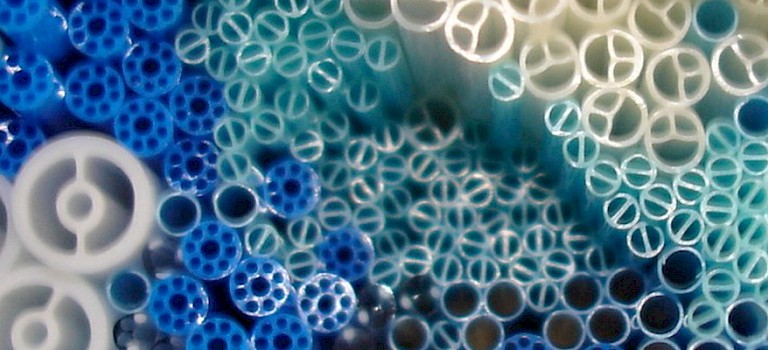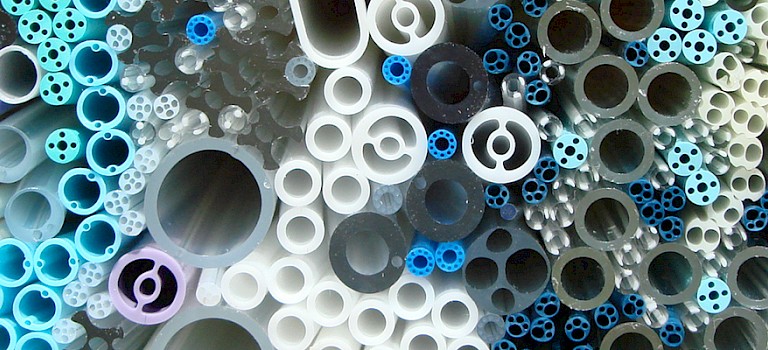August 27, 2021
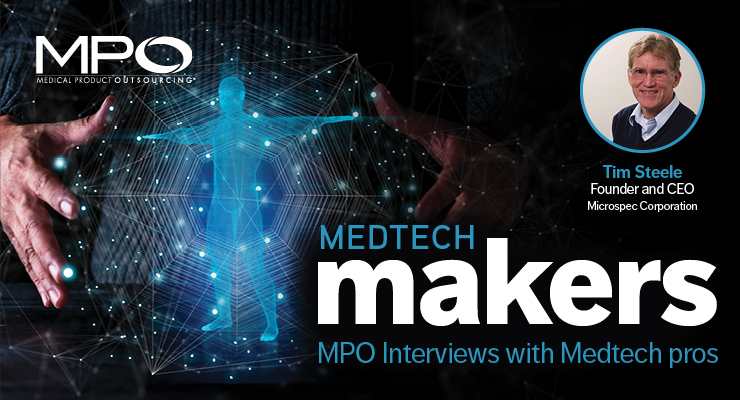
Released by Microspec Corporation08.27.21
By Sean Fenske, Editor-in-Chief
Saving time in getting a product to market is a highly valued benefit any supplier can offer to medical device manufacturers. It must be provided, however, without any sacrifice to quality as that is paramount. Extrusion services are no different; companies want a rapid turnaround without compromising the safety of the product.
While all manufacturing processes must be validated, establishing a program for it that achieves specific milestones and goals represents the next level among suppliers. It demonstrates a clear comprehension of the industry for which they are supplying product. While a supplier who doesn’t have an established validation program can still offer value, an OEM is able to gain confidence that a company with one is likely a trusted firm and one they should partner with on medtech projects.

To illustrate that value, Tim Steele, founder and CEO of , spoke with MPO about his company’s JumpStart Validation program. He offers insights on the offering and what it means to medical device manufacturers.
Sean Fenske: Why is a validation program important for extrusion providers supplying medical device manufacturers?
Tim Steele: The value of having a validation program is that Microspec is able to support the customer through their validation process and provide validated components that meet the requirements of the customer’s master validation plan, DV builds, submission, and product launch.
Fenske: What’s unique about Microspec’s validation program?
Steele: One unique aspect of Microspec’s validation program that sets them apart from other extrusion suppliers is the engineering expertise and technical capability to design and manufacture all of its extrusion tools in-house. This allows Microspec to react quickly and as needed to create and modify tools during the development of the extrusion process to achieve tooling and process capability within aggressive timelines.
Fenske: How long does a typical validation program take and how does that compare to Microspec’s program?
Steele: Microspec is proactive in its communication with the customer and identifies as soon as possible the customer’s intent to validate. By engaging the customer early in the process, Microspec is able to JumpStart the validation process, plan up-front, and leverage prototype extrusions and data in the development of the extrusion process that align with validation and capability objectives and requirements. The validation program is defined by discrete phases with targeted and customized activities and objectives, from prototyping through OQ/PQ that are intended to streamline the path to validation.
Fenske: What are the most important factors to consider when going through the validation program?
Steele: It is important to identify and mitigate early in the development process those factors that pose risks to the validation. Defining inspection methods, understanding and minimizing sources of variation due to measurement error and process variation, evaluating multiple lots of raw materials, and understanding product normalization are all important factors to consider and address when going through the validation program.

Click the graphic to view a larger version of the image.
Fenske: Are there actions an OEM can take to help ensure a smoother validation process?
Steele: Engaging the customer in a strategic partnership with frequent communication and project updates are key elements of a successful validation. The Microspec team is in constant communication with the customer team, responding to customer feedback and adjusting as needed to achieve quality outcomes and requirements. Both the customer and Microspec are providing input to align design intent and functional requirements with manufacturability and capability to drive a successful validation outcome and long-term robust and sustainable process in the production state.
Fenske: Where do the typical “hang-ups” occur in a validation process and is there a way to help avoid this?
Steele: It is expected within the development of the extrusion process to negotiate with the customer print specifications and tolerances, and to align product specifications and design (CTQ/CTF) intent with manufacturability and capability requirements. These negotiations are critical to the procedure and ensure a robust and validated process is achieved and capable of meeting all CTQ/CTF in the production state.
Fenske: Do you have any additional comments you’d like to share based on any of the topics we discussed or something you’d like to tell medical device manufacturers?
Steele: In summary, Microspec recognized the need and the opportunity to develop the JumpStart Validation Program to improve upon the validation delivery timeline to meet and support the aggressive customer timelines and requirements for DV builds and product launch. They realized terrific gains by engaging the customer early in the development of the extrusion process, responding to customer feedback and input and adjusting as needed to achieve quality outcomes and project objectives.
